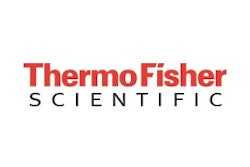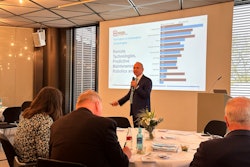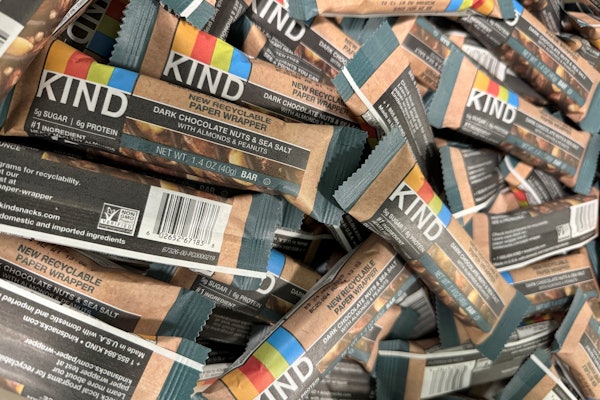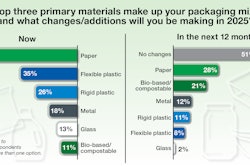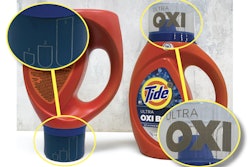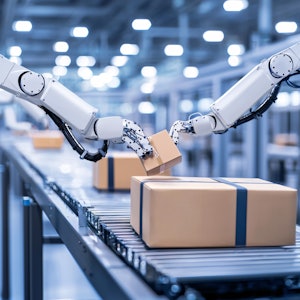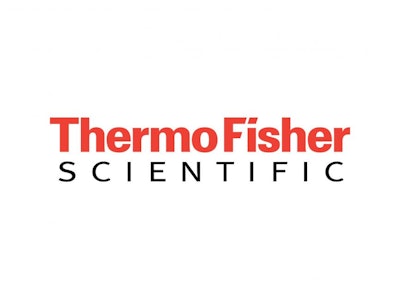
This content was written and submitted by the supplier. It has only been modified to comply with this publication’s space and style.
The health burden of contaminated food should not be underestimated, with around 600 million people becoming victims of a foodborne illness each year, resulting in 420,000 deaths globally. Administrations have therefore introduced stringent measures to control food safety and protect the end consumer, including the Food Safety Modernization Act in the U.S., and the General Food Law in the EU. The issue is clear, and the appropriate measures are in place, but how do manufacturers ensure hazardous items don’t make their way into end products?
Unfortunately, there is no solution to food inspection. Manufacturers must look at their entire operation to ensure food stays contaminant free along the supply chain – from farm to fork – which may involve adopting several technologies for different stages of production. For example, metal detectors can be installed at almost any stage of production to identify metal contaminants – including ferrous and non-ferrous metal, stainless steel, aluminum, and wire. In contrast, X-ray systems can help to detect non-metallic contaminants – such as glass, ceramic, and stones – but are best suited to placement at the end of the production line.
Thermo Fisher Scientific’s experts were on hand to discuss how it can help solve food weighing and inspection challenges.
Featured products included:
X-Ray Inspection—NextGuard™ X-ray Detection Systems
Metal Detection—Sentinel Multiscan and Selectscan Metal Detectors
Combination System—Global VersaWeigh™ Checkweigher/Sentinel 3000 Metal Detector Combo
Checkweighing—Global VersaWeigh™ Checkweigher
Non-contact Thickness Gauges—21PlusHD Measurement and Control System



